往期刊物2025
卷册: 15, 期号: 5
生物化学
Tissue-Specific Profiling of O-GlcNAcylated Proteins in Drosophila Using TurboID-CpOGAM
利用 TurboID-CpOGAM 在果蝇中对 O-GlcNAc 化修饰蛋白进行组织特异性分析
Quantification of Total Free Radicals in Drosophila Using a Fluorescence-Based Biochemical Assay
基于荧光生化检测法的果蝇总自由基定量分析
Colorimetric Determination of Tungsten and Molybdenum in Biological Samples
生物样品中钨和钼的比色测定
生物信息学与计算生物学
Computational Cellular Mathematical Model Aids Understanding the cGAS-STING in NSCLC Pathogenicity
计算细胞数学模型助力解析 cGAS-STING 在非小细胞肺癌发病机制中的作用
Annotated Bioinformatic Pipelines for Genome Assembly and Annotation of Mitochondrial Genomes
线粒体基因组组装与注释的生物信息学流程详解
Annotated Bioinformatic Pipelines for Phylogenomic Placement of Mitochondrial Genomes
线粒体基因组系统发育分析的生物信息学流程详解
发育生物学
Cardiac-Specific Gene Editing via an AAV9-Tnnt2-SaCas9-miR122TS Vector
基于AAV9-Tnnt2-SaCas9-miR122TS载体的心脏特异性基因编辑
免疫学
Protocol for Screening Host-Targeting Antivirals (HTAs) Using Human PBMCs and pDCs
基于人外周血单个核细胞(PBMCs)和浆细胞样树突细胞(pDCs)的宿主靶向抗病毒药物(HTA)筛选方案
微生物学
Microbial Biofilm Detection and Differentiation by Dual Staining Using Maneval’s Stain
利用 Maneval 染色双重染色法检测和区分微生物生物膜
Integrated Co-extraction Protocol for Transcriptomic and 1H NMR Metabolomic Analysis of Multi-species Biofilms
多物种生物膜的转录组与¹H NMR代谢组联合提取方案
神经科学
Puromycin Proximity Ligation Assay (Puro-PLA) to Assess Local Translation in Axons From Human Neurons
嘌呤霉素近邻连接检测(Puro-PLA)评估人神经元轴突局部翻译
Monitoring Changes in Intracellular Chloride Levels Using the FRET-Based SuperClomeleon Sensor in Organotypic Hippocampal Slices
利用基于 FRET 的 SuperClomeleon 传感器监测器官型海马切片中细胞内氯离子水平变化
Procedure for Reliable and Long-Lasting Ex Vivo Recordings of Sciatic Nerve Activity in Mice
小鼠坐骨神经活动的可靠且持久的离体记录方法
植物科学
Isolation and Biophysical Characterization of Extracellular Vesicles From Hairy Root Cultures
毛状根培养物中细胞外囊泡的分离与生物物理特性分析
An Activity-Based Proteomics with Two-Dimensional Polyacrylamide Gel Electrophoresis (2D-PAGE) for Identifying Target Proteases in Arabidopsis Apoplastic Fluid
基于活性蛋白质组学和二维聚丙烯酰胺凝胶电泳(2D-PAGE)鉴定拟南芥细胞间隙液中的靶蛋白酶
干细胞
Differentiation, Maintenance, and Contraction Profiling of Human Induced Pluripotent Stem Cell–Derived Cardiomyocytes
人诱导多能干细胞来源心肌细胞的分化、维持及收缩特性分析
系统生物学
Automated Sequential Derivatization for Gas Chromatography-[Orbitrap] Mass Spectrometry-based Metabolite Profiling of Human Blood-based Samples
基于气相色谱-[Orbitrap] 质谱的人血样本代谢物分析的自动化顺序衍生化方法



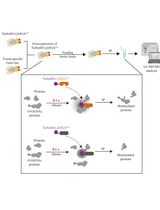
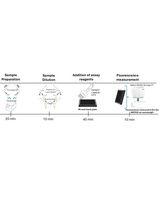
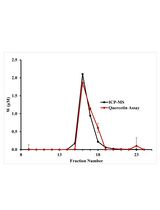

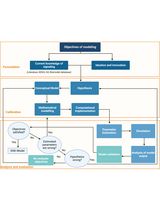
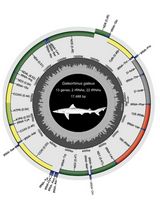
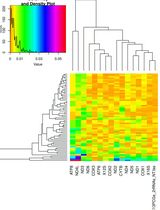
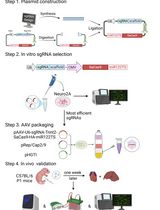
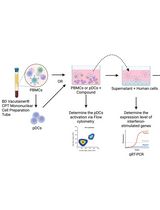
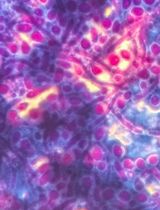
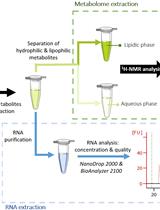


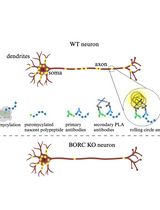
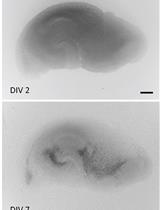
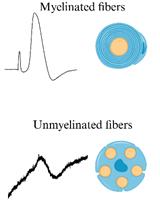
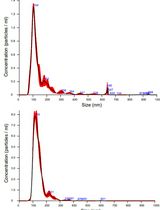

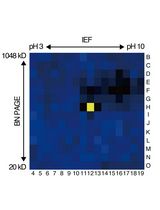
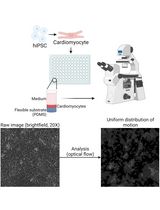
![基于气相色谱-[Orbitrap] 质谱的人血样本代谢物分析的自动化顺序衍生化方法](https://en-cdn.bio-protocol.org/imageup/arcimg/20250107224024942.jpg?t=1766177976)